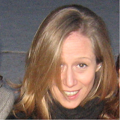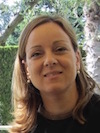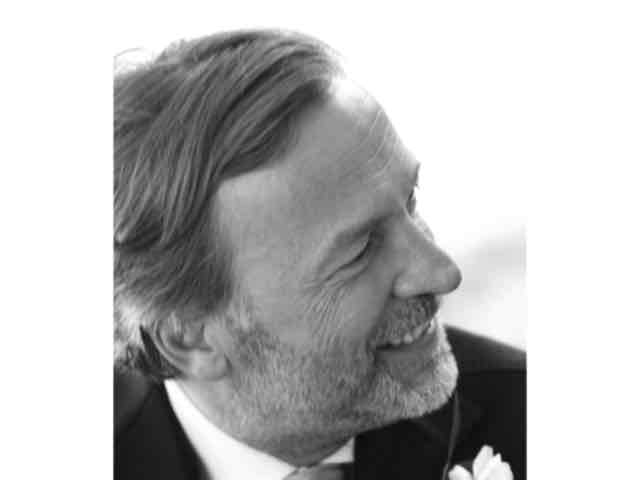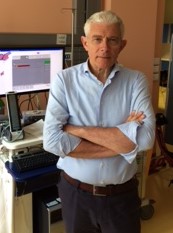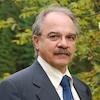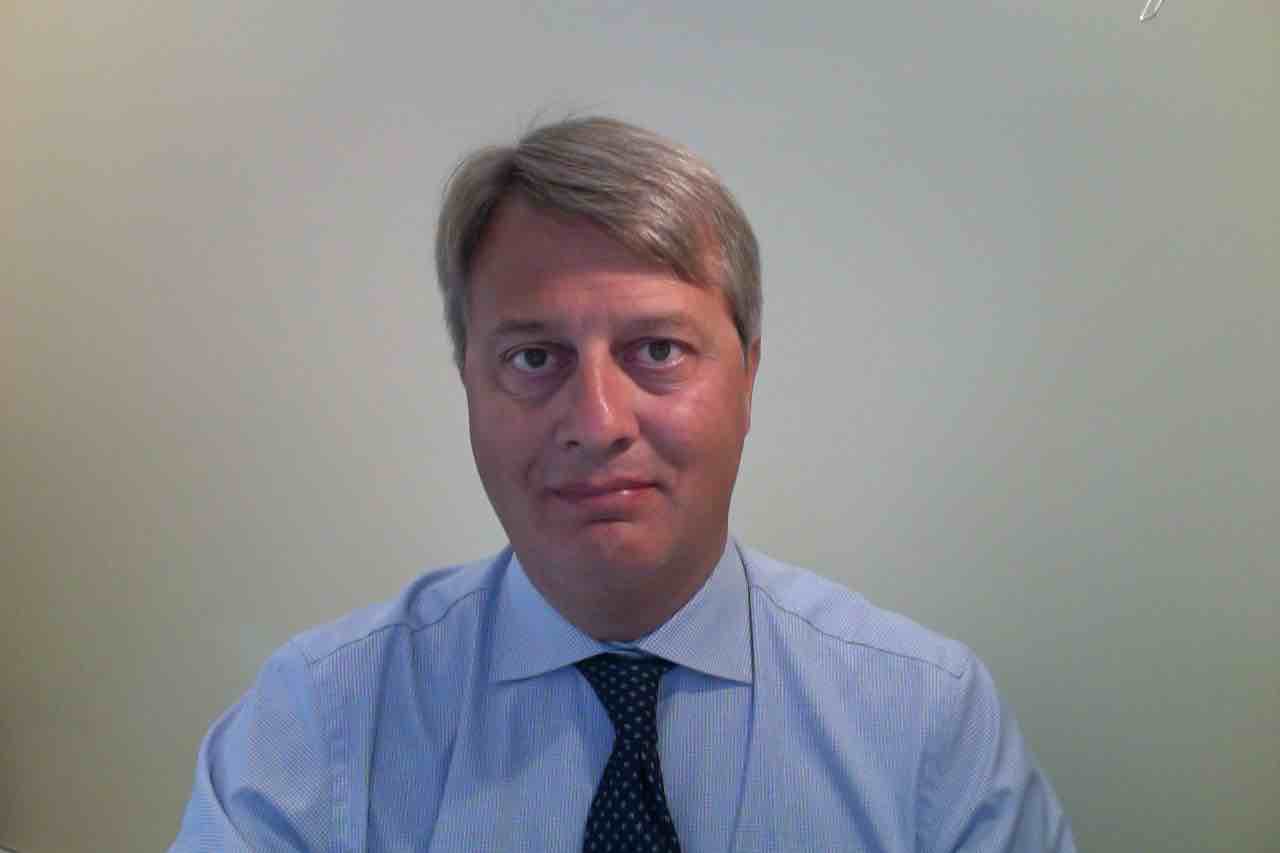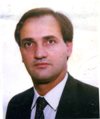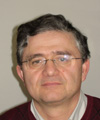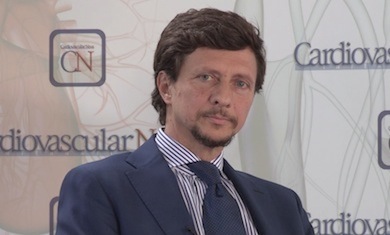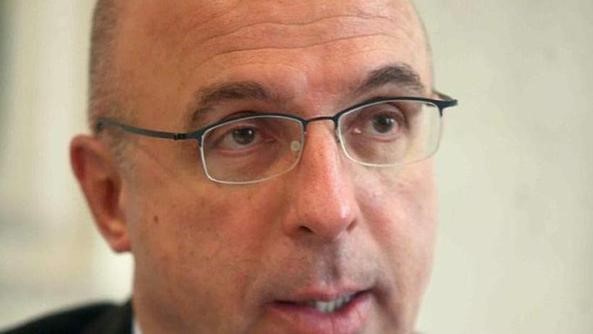Studying at the University of Verona
Here you can find information on the organisational aspects of the Programme, lecture timetables, learning activities and useful contact details for your time at the University, from enrolment to graduation.
Academic calendar
The academic calendar shows the deadlines and scheduled events that are relevant to students, teaching and technical-administrative staff of the University. Public holidays and University closures are also indicated. The academic year normally begins on 1 October each year and ends on 30 September of the following year.
Course calendar
The Academic Calendar sets out the degree programme lecture and exam timetables, as well as the relevant university closure dates..
| Period | From | To |
|---|---|---|
| PERFUSIONISTI LEZ 1A 1S | Oct 1, 2016 | Dec 18, 2016 |
| PERFUSIONISTI LEZ 2A 1S | Oct 1, 2016 | Dec 18, 2016 |
| PERFUSIONISTI LEZ 3A 1S | Oct 1, 2016 | Dec 18, 2016 |
| PERFUSIONISTI LEZ 3A 2S | Feb 27, 2017 | May 12, 2016 |
| PERFUSIONISTI LEZ 2A 2S | Feb 27, 2017 | May 12, 2017 |
| PERFUSIONISTI LEZ 1A 2S | Feb 27, 2017 | May 12, 2017 |
Exam calendar
Exam dates and rounds are managed by the relevant Medicine Teaching and Student Services Unit.
To view all the exam sessions available, please use the Exam dashboard on ESSE3.
If you forgot your login details or have problems logging in, please contact the relevant IT HelpDesk, or check the login details recovery web page.
Should you have any doubts or questions, please check the Enrollment FAQs
Academic staff
 valentina.adami@univr.it
valentina.adami@univr.it
 corinnabergamini@libero.it
corinnabergamini@libero.it
De Maria Elia
 giuseppe.faggian@univr.it
giuseppe.faggian@univr.it
 marco.ferdeghini@univr.it
marco.ferdeghini@univr.it
 045 812 47 84 (Segreteria) 045 802 74 89 (Segreteria di Istituto)
045 812 47 84 (Segreteria) 045 802 74 89 (Segreteria di Istituto)
Menon Tiziano
 cardiochirurgia@azosp.vr.it
cardiochirurgia@azosp.vr.it
 +039 045 8072391
+039 045 8072391
Messa Michele Giuseppe
 bruno.sandini@aulss8.veneto.it
bruno.sandini@aulss8.veneto.it
 rocco.tabbi@aovr.veneto.it
rocco.tabbi@aovr.veneto.it
 ruggero.tomei@alice.it
ruggero.tomei@alice.it
Study Plan
The Study Plan includes all modules, teaching and learning activities that each student will need to undertake during their time at the University.
Please select your Study Plan based on your enrollment year.
1° Year
| Modules | Credits | TAF | SSD |
|---|
2° Year activated in the A.Y. 2017/2018
| Modules | Credits | TAF | SSD |
|---|
3° Year activated in the A.Y. 2018/2019
| Modules | Credits | TAF | SSD |
|---|
| Modules | Credits | TAF | SSD |
|---|
| Modules | Credits | TAF | SSD |
|---|
| Modules | Credits | TAF | SSD |
|---|
Legend | Type of training activity (TTA)
TAF (Type of Educational Activity) All courses and activities are classified into different types of educational activities, indicated by a letter.
Biological and biochemical sciences (2016/2017)
The teaching is organized as follows:
Learning outcomes
------------------------
MM: BIOCHIMICA
------------------------
Basic knowledge of general and organic chemistry preparatory for biochemistry. Structure-function relationship of the most important biological macromolecules and of the metabolic regulation at the molecular level. Cross-talk between the different biochemical pathways and the energy level changes associated.
------------------------
MM: BIOLOGIA APPLICATA
------------------------
The course purposes are: • To give basic knowledge about living organism characteristic: procariots, eucariots, viruses, through the acquisition of the fundamental concepts of biology and of the structural, functional and molecular principles of cellular processes. • To provide the basic knowledge on the fundamental concepts of genetics and transmission of hereditary characters.
Program
------------------------
MM: BIOCHIMICA
------------------------
PREPARATORY CHEMISTRY (several notions are included in the basic knowledge required)
1. Atomic structure and periodic properties of the elements: matter composition, atom, atomic particles; atomic theory; quantum numbers, and orbitals; electronic configuration, periodic table and chemical reactivity of the elements; electronic affinity, electronegativity.
2. The chemical bond: molecules and ions; ionic and covalent bond; intermolecular forces; hydrogen bond.
3. Solutions and acid-base reactions: concentration of the solutions, acid-base theories of Arrhenius and Brőnsted-Lowry; hydracids, hydroxides, oxyacids; acid-base reactions; pH and buffer solutions.
4. Organic chemistry notions: carbon atom properties; hybrid orbitals; organic compounds classification: functional groups; hydrocarbons; alcohols, ethers, thiols, amines, aldehydes and ketones; carboxylic acids, esters, anhydrides.
BIOCHEMISTRY
1. Constitutive elements of the living matter: polymeric structure of the biological macromolecules.
2. Protein structure and function: aminoacid classification, buffering power, peptide bond, levels of protein structure; fibrous and globular proteins; hemoglobin and myoglobin: structure, function, factors influencing the oxygen bond; hemoglobin variants; enzymes: classification, role in the chemical reactions, regulation of the enzymatic activity.
3. Vitamins: hydro- and lypo-soluble vitamins; co-enzymes.
4. Bio-energetics: metabolism; chemical transformations in the cell; spontaneous and non-spontaneous reactions of the metabolic reactions; ATP as “energy exchange coin”; biologically relevant redox reactions.
5. Carbohydrates structure and metabolism: mono- and disaccharides; polysaccharides; glycoconjugates; glycolysis and its regulation; gluconeogenesis; hints of the penthose phosphate pathway; synthesis of the glycogen.
6. Citric acid cycle and oxidative phosphorylation: mitochondria; acetyl-CoA synthesis; citric acid cycle control; respiratory chain and electron transport; ATP synthesis.
7. Lipids structure and metabolism: structural lipids and biological membranes; cholesterol; stock-reserve lipids; lipids digestion and fatty acid β-oxydation; keton bodies formation; hints of fatty acids biosynthesis.
8. Aminoacid metabolism: hints of gluco- and keto-forming aminoacids; transamination and oxidative deamination; the urea cycle.
------------------------
MM: BIOLOGIA APPLICATA
------------------------
•Characteristics of the living beings
•Chemistry of living organisms and biological molecules
•Prokaryotic and eukaryotic cell: organization of the cell; internal membranes and compartmentalization; organelles, characteristics and functions: nucleus, ribosomes, RER, REL, Golgi, lysosomes, peroxisomes, cytoskeleton, cell wall, extracellular matrix. Animal and plant cells. Mitochondria and plastids (chloroplasts, amyloplasts, chromoplasts) and endosymbiont theory.
•Biological membranes: structure and proposed models; passage of materials across cell membranes: passive transport (facilitated diffusion and simple), osmosis, directly and indirectly active transport, co-transport. Exocytosis and endocytosis. Anchoring, tight and gap cell junctions in animal and plant cells.
•Cell communication: types of cellular communication: endocrine, paracrine, autocrine and iuxtacrine. Sending and receiving the signal.
•Organization of DNA in chromosomes, mitosis and meiosis. DNA and proteins, nucleosomes, heterochromatin, euchromatin, chromosome condensation. The cell cycle and its regulation. Mitosis, meiosis and sexual reproduction
•DNA and its role in heredity. DNA structure and replication.
•Gene expression: transcription, genetic code and translation. Gene definition.
•DNA mutations and mutagenesis
•Hereditary character transmission and Mendel’s laws; definition of phenotype, genotype, locus, gene, dominant and recessive allele, homozygosity and heterozygosity. Segregation and independent assortment. Independence and association. Crossing-over and recombination. Genetic determination of sex. Gene interactions. Incomplete dominance, condominance, multiple alleles, epistasis and polygeny.
•The human genome: karyotype analysis and pedigrees; autosomal recessive, autosomal dominant, X-linked diseases.
Bibliography
| Author | Title | Publishing house | Year | ISBN | Notes |
|---|---|---|---|---|---|
| Raven- Johnson - Mason - Losos – Singer | BIOLOGIA CELLULARE | 2012 | |||
| Raven-Johnson - Mason - Losos | GENETICA E BIOLOGIA MOLECOLARE | 2012 | |||
| A. Fiecchi, M. Galli Kienle, A. Scala | Chimica e propedeutica biochimica | Edi-Ermes | |||
| Luciano BINAGLIA, Bruno GIARDINA | CHIMICA e PROPEDEUTICA BIOCHIMICA (con CD-ROM) | Ediz. Mc Graw-Hill |
Examination Methods
------------------------
MM: BIOCHIMICA
------------------------
Written test: 10 multiple choice questions (2 points each), plus 2 open questions (0 to 5 points each).
------------------------
MM: BIOLOGIA APPLICATA
------------------------
Written test: multiple choice questions and open-ended questions.
Career prospects
Module/Programme news
News for students
There you will find information, resources and services useful during your time at the University (Student’s exam record, your study plan on ESSE3, Distance Learning courses, university email account, office forms, administrative procedures, etc.). You can log into MyUnivr with your GIA login details: only in this way will you be able to receive notification of all the notices from your teachers and your secretariat via email and soon also via the Univr app.
Graduation
Documents
| Title | Info File |
|---|---|
|
|
pdf, it, 89 KB, 20/11/23 |
Gestione carriere
Orario Lezioni
Documents
| Title | Info File |
|---|---|
|
|
pdf, it, 256 KB, 15/04/24 |
|
|
pdf, it, 194 KB, 03/04/24 |
|
|
pdf, it, 186 KB, 04/04/24 |
Appelli d'esame
in questa pagina verranno pubblicati i calendari degli esami del Corso di Laurea
Documents
| Title | Info File |
|---|---|
|
|
pdf, it, 128 KB, 16/04/24 |


